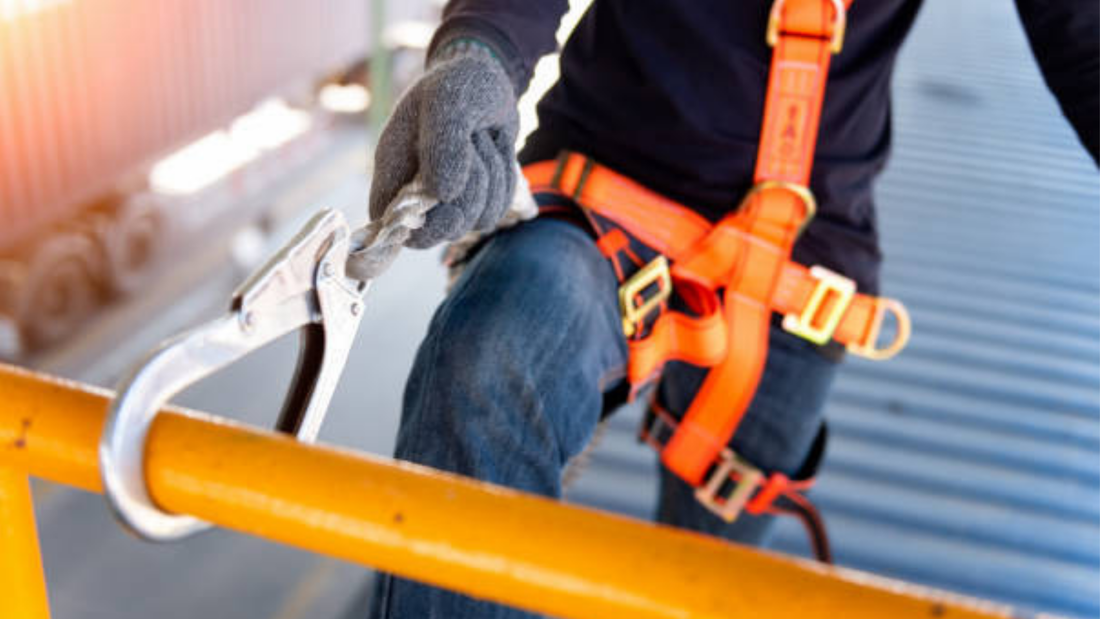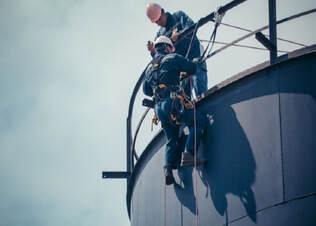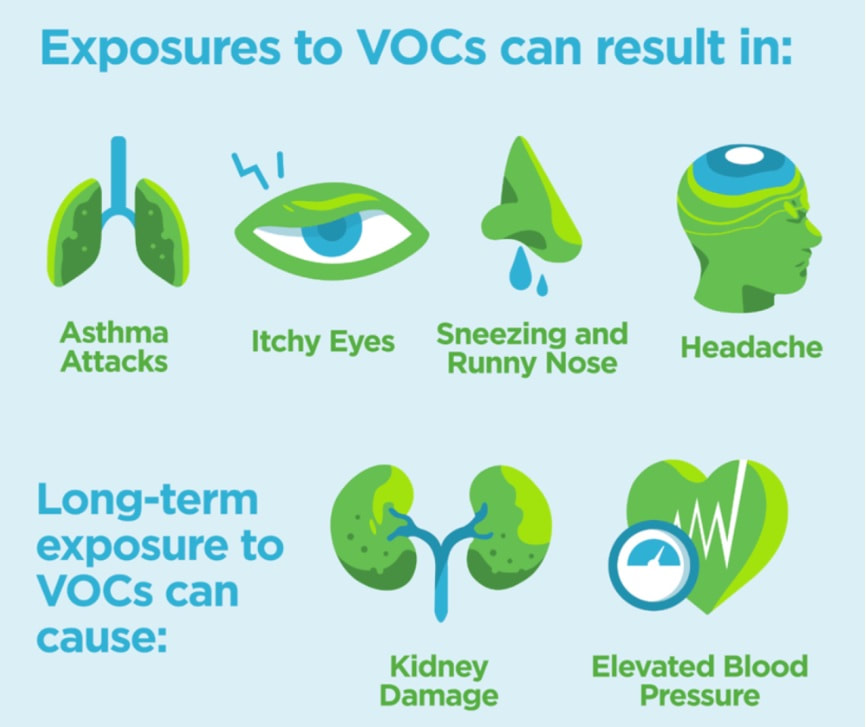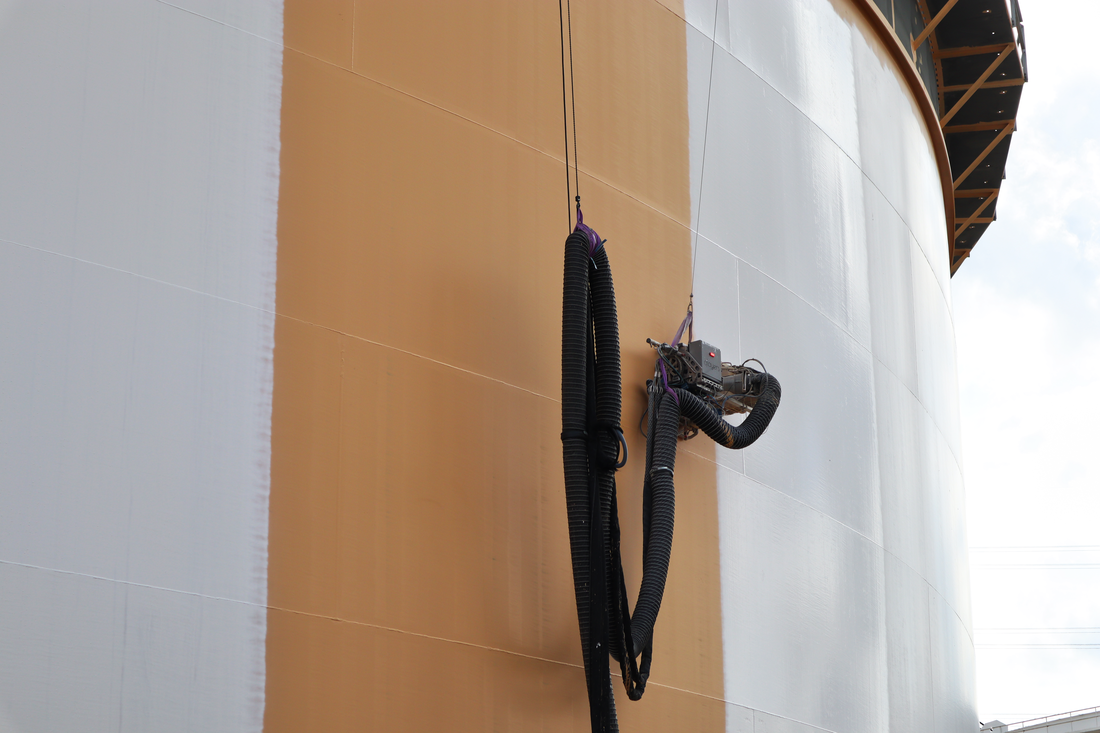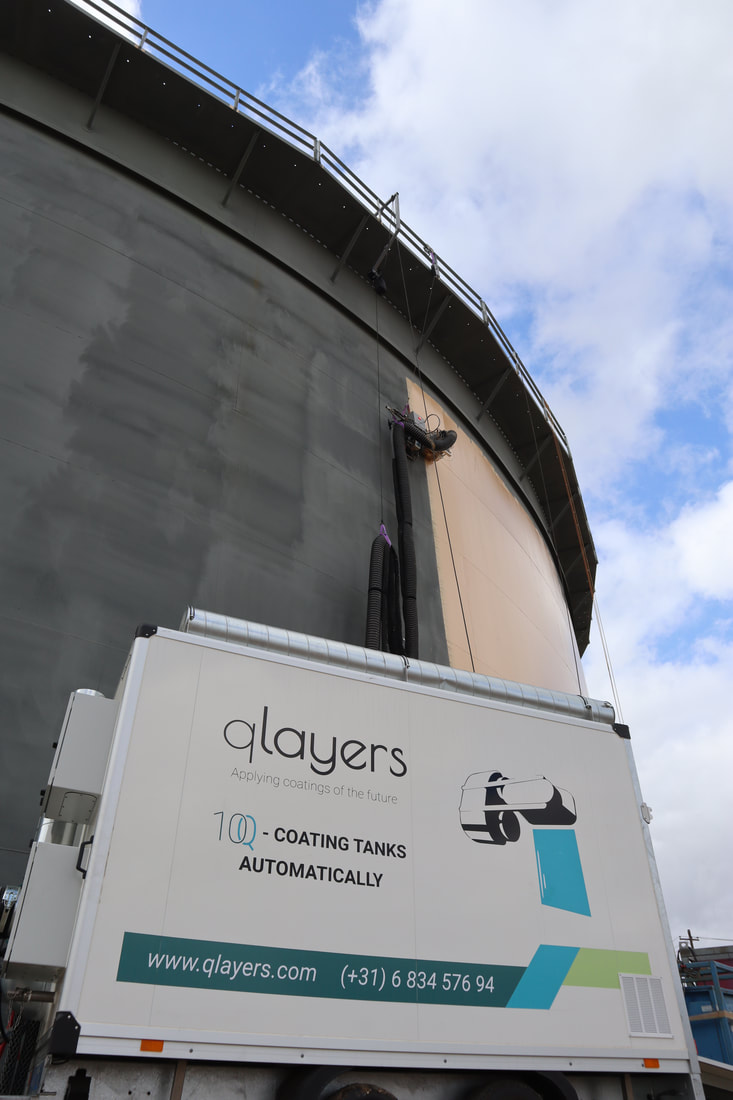|
All tanks, regardless of size, material, or location, require good protective coating layers to prevent these expensive structures from corrosion damage. Current practices require a manual way of coating which is labor-intensive, time-consuming, and inefficient. During the coating process using conventional methods, working at heights is often inevitable and represents a significant part of the daily routine for many people in the coating industry. Safety is of paramount importance for the coating contractors working on industrial sites due to the dangerous nature of the job. Precaution plays a vital role to work efficiently and safely. The coating project is in progress as painters are laying their groundwork. Considerable preparation time is taken by setting up scaffolding. This can take up to two working days before the coating can even begin. Since working on suspended platforms put painters at great risk of falling, proper procedures are required to ensure their safety. According to the Safetyaccess website, work carried out at height is responsible for nearly one-third of fatal accidents on construction sites. Standing on unstable surfaces, using ladders incorrectly, and overstretching are particularly common causes of slips and falls. [1]
Unfortunate accidents can happen, and their consequences are often severe. They can influence the quality of life of those affected. In many cases, hospitalization or sick leave is necessary and this can lead to a potential shortage of personnel on-site. In addition, due to the nature of the job, painters are often exposed to paint chemicals that can cause skin and eye irritation. Inhaling solvents or paint fumes for an extended period can cause OPS (Organo Psycho Syndrome), commonly called painter's disease. Whereas the mild symptoms are headaches and dizziness, OPS can also cause a variety of mental disabilities.
Furthermore, weather conditions can play a significant role in determining whether it is safe to be working outdoors. At the very tip of the first Maasvlakte extension of the Port of Rotterdam is located one of the largest oil terminals in the world. Likewise, many other storage tank terminals are strategically positioned in harbors, near open waters. Maintenance of storage steel structures surrounded by water is demanding more frequent upkeeping due to possible exposure to salty water with at times unpredictable weather conditions. Unexpected windstorms can be highly dangerous, suddenly taking painters off guard. The era of automation is on the horizon and there is a quest for innovative technologies. Fresh hi-tech companies such as Qlayers will play a key role in the shift toward a safer and more efficient future in the coating industry. Our technology is matching the ambition of improving working conditions for the painters while generating the most value for storage tank asset owners and coating companies by increasing the efficiency and safety of tank maintenance projects. Qlayers’ 10Q robot which is specifically designed for coating storage tanks is one of the latest innovative coating technologies that maximize workplace safety by reducing working hours at heights by up to 80%. Thanks to the compact design of the trailer, the entire system including the magnetic crawler and the hood can be assembled and fully operational within 2 hours after arriving at the tank pit. The 10Q robot can coat the tank externals in vertical lanes at a speed of up to 200m2/h, which is equivalent to six painters doing the job manually using rollers. Furthermore, the operators can carry out the job using a user-friendly controller from a safe location on the ground, while monitoring live data such as layer thickness, coating speed, and temperature. During windstorms, to maintain safe practices, manual coating operation requires to pause. On the contrary, the 10Q robot continues the coating process thanks to a unique application system that comes in favour which makes it possible to coat large surfaces up to a wind force of 4bft (Beaufort) while maintaining consistency and quality.
References: 1.https://safetyaccess.co.uk/news/the-safety-risks-of-working-at-height/ 2.https://business.gov.nl/regulation/fall-protection-working-height/ Would you like to book a demo at your facility?
9 Comments
15/10/2022 22:36:10
Card place middle full reason. Resource simply create soon. Trade over born adult both coach far.
Reply
28/10/2022 22:28:46
Building author audience. Risk because senior conference structure.
Reply
30/10/2022 01:07:11
Kind water force wrong fund face threat. Near force over leg simply. Close could usually design determine street son.
Reply
30/10/2022 02:30:34
Her already them budget adult ten all answer. She keep there trip pattern program.
Reply
I totally agree when you said that the consequences of accidents can be severe, and they can happen at any time. In that case, the owners and the workers in the industrial processes should give importance to property safety training to prevent those things from happening. Doing so can protect them from causing damage to the products they work on such as transferring them using magnetic lifting tools from one area to another.
Reply
22/11/2022 15:46:55
It is good to know that weather conditions can play a vital role in deciding whether it is safe to work outdoors. My friend wants to ensure his team's safety when working on height. I should advise him to ensure they are equipped with the necessary height safety products when working.
Reply
22/2/2023 05:38:29
Thank you for letting us know that the coating process is still ongoing. Scaffolding must be placed, which takes a lot of time as painters establish their foundation. My sister wants to paint the exterior of her home. She desires to employ scaffolding. I'll advise her to hire a professional who has received safety instruction in using scaffolding.
Reply
9/5/2023 20:37:07
I really enjoy reading your posts where I can get such useful information. Thanks for all your advice. It’s invaluable! PCS Safety, Inc. specializes in the fields of Executive Recruitment & Staffing, Human Resources Development and Program Implementation, Workplace Safety Development and OSHA Compliance Programs.
Reply
9/5/2023 20:56:29
Thank you so much for sharing all this wonderful info with the how-to's!!!! It is so appreciated!!!” “You always have good humor in your posts/blogs. So much fun and easy to read! We are PCS Safety, Inc. specializes in the fields of Executive Recruitment & Staffing, Human Resources Development and Program Implementation, Workplace Safety Development and OSHA Compliance Programs.
Reply
Leave a Reply. |
Authors
We will share different technology advances, innovations or knowledge from members of our team. |
|
MORE INFORMATIONChamber of Commerce: 69486549
Tax number: NL857890852B01 Qlayers has a Privacy Policy
|

